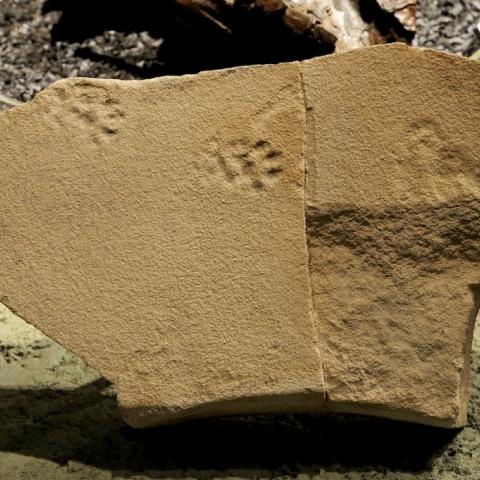Chances are, you've photographed atmospheric phenomena like this sun halo captured at the Painted Hills Unit of John Day Fossil Beds National Monument. An atmospheric phenomenon is created by the interaction of sunlight or moonlight with the atmosphere, clouds, rain, water, dust or other particulate matter.
